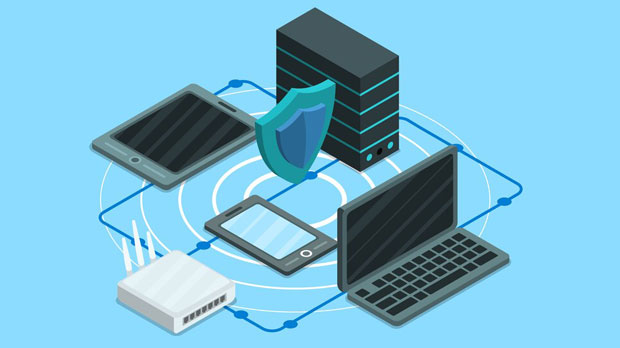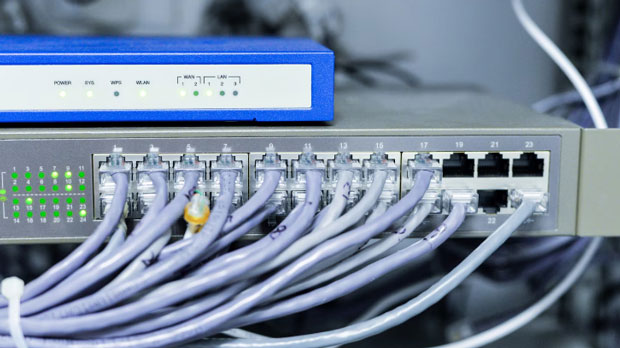sock s5 proxies are popular for their ability to handle various types of internet traffic without the need to understand the underlying protocol. This makes them ideal for users seeking anonymity, access to geo-restricted content, or improved security. When evaluating SOCKS5 proxies, it's essential to consider support and compatibility, which directly impacts their usability in different applications. Two popular proxy services, PYPROXY and Proxidize, each offer SOCKS5 support, but their user-friendliness and overall functionality may differ. In this article, we will compare these two services in terms of how well they support SOCKS5 and their compatibility with different systems and use cases. We will also dive deep into their ease of use, setup complexity, and overall effectiveness.Understanding socks5 proxy Support and CompatibilityBefore diving into the comparison, it’s important to first understand what SOCKS5 is and why it’s a preferred choice for many users. SOCKS5 is a type of proxy server that can handle various types of network traffic, including HTTP, FTP, and even P2P protocols. Unlike HTTP proxies, which only work with web traffic, SOCKS5 proxies can route almost any type of data from your device to the target server.One of the key advantages of SOCKS5 over its predecessors is its ability to bypass most internet restrictions, including geo-blocks, making it useful for users who wish to access content from different regions. SOCKS5 also supports authentication, adding an extra layer of security for users. Additionally, SOCKS5 does not alter or filter traffic, meaning it doesn’t add extra latency or packet loss.When considering SOCKS5 proxies, two essential factors come into play: support and compatibility. These elements dictate how easy it is for users to integrate and use the proxies across different devices, operating systems, and applications. Let’s now take a closer look at the support and compatibility of PyProxy and Proxidize.PyProxy – A User-Friendly Option for SOCKS5 ProxiesPyProxy is known for being a lightweight and flexible proxy service that offers strong support for SOCKS5. It is a Python-based proxy server, which means it is often used in environments where Python scripting is prevalent. PyProxy is often seen as a user-friendly option, particularly for developers and users who have a technical background.Support for SOCKS5PyProxy offers full support for SOCKS5 proxies, which makes it an attractive choice for users who need reliable, fast, and secure proxies. It can easily integrate into Python scripts, making it perfect for automated tasks and web scraping projects. This compatibility is one of the major advantages of PyProxy, especially for developers who want to maintain control over their proxy settings through code.System CompatibilityWhen it comes to system compatibility, PyProxy can be run on various platforms, including Windows, macOS, and Linux. However, since PyProxy is primarily designed for Python environments, it may not be as straightforward to set up for users without programming experience. For example, setting up a SOCKS5 proxy using PyProxy might require a bit of technical knowledge to configure the Python environment correctly.Ease of UseIn terms of ease of use, PyProxy can be a bit intimidating for those who are not familiar with Python or programming. However, once set up, it offers great flexibility and performance. Its user-friendly documentation makes it easy to understand for developers, and its robust features offer a significant advantage for more advanced use cases. Proxidize – A More Accessible Alternative for SOCKS5 ProxiesProxidize is another popular option for SOCKS5 proxy services. While it offers similar functionalities to PyProxy, it is generally regarded as a more accessible solution for a broader range of users, particularly those who do not have programming experience. Support for SOCKS5Proxidize also offers full support for SOCKS5 proxies and is known for its high level of reliability. One of the standout features of Proxidize is its emphasis on providing fast and anonymous connections, which is crucial for users who are focused on privacy and security. The service guarantees minimal latency and packet loss, ensuring smooth performance even for high-demand tasks like streaming or online gaming.System CompatibilityUnlike PyProxy, Proxidize is built with a broader audience in mind, which means it has better compatibility across different systems. Proxidize can easily be integrated into multiple devices, including computers, smartphones, and even certain smart devices. Whether you are using Windows, macOS, or Linux, setting up Proxidize is typically more straightforward. This makes it a more user-friendly option for individuals or businesses that require SOCKS5 proxies but lack the technical expertise for complex setup procedures.Ease of UseProxidize’s user interface is designed with simplicity in mind. Even users without technical skills can easily set up and use Proxidize for their SOCKS5 needs. The service typically provides a web-based interface for management, making it a plug-and-play solution for those who want a hassle-free experience. Additionally, Proxidize offers customer support, which can be a valuable resource for troubleshooting and technical assistance.Performance Comparison – Speed, Reliability, and SecurityWhen it comes to performance, both PyProxy and Proxidize offer competitive speeds and reliability. However, the performance can vary depending on the specific use case, system configuration, and geographic location of the proxy servers.SpeedBoth PyProxy and Proxidize provide fast connections, but Proxidize often has an edge in terms of latency due to its optimized servers. Proxidize’s infrastructure is specifically designed to minimize connection delays, which can be particularly beneficial for users who rely on high-speed internet for tasks like video streaming or online gaming. On the other hand, PyProxy may offer slightly slower speeds, especially if the user is operating the proxy server from their own device, as it may experience bandwidth limitations.ReliabilityProxidize has a more extensive network of servers, which gives it an edge in terms of reliability. With more servers in different regions, Proxidize can provide more stable connections and a higher uptime. PyProxy, while reliable, may not be as robust in terms of server redundancy and failover options, which could lead to occasional connectivity issues, particularly during peak usage times.SecurityBoth services offer solid security, as they support SOCKS5's authentication features. This ensures that users can authenticate their connections and prevent unauthorized access. However, Proxidize offers additional layers of security, such as IP rotation and more advanced encryption methods, which might be more appealing to users concerned about privacy and anonymity.Which One Is More User-Friendly? Final VerdictIn conclusion, both PyProxy and Proxidize provide robust support for SOCKS5 proxies, but they cater to different user bases. If you are a developer or a technically inclined user, PyProxy offers great flexibility and control, especially for those who are comfortable with Python. However, for users who are looking for a more accessible and straightforward solution, Proxidize stands out as the more user-friendly option. Its ease of use, broad system compatibility, and strong customer support make it a better fit for non-technical users or businesses that need a simple and reliable SOCKS5 proxy solution.Ultimately, the decision between PyProxy and Proxidize depends on your specific needs, level of technical expertise, and the complexity of your use case.
Sep 17, 2025


































































